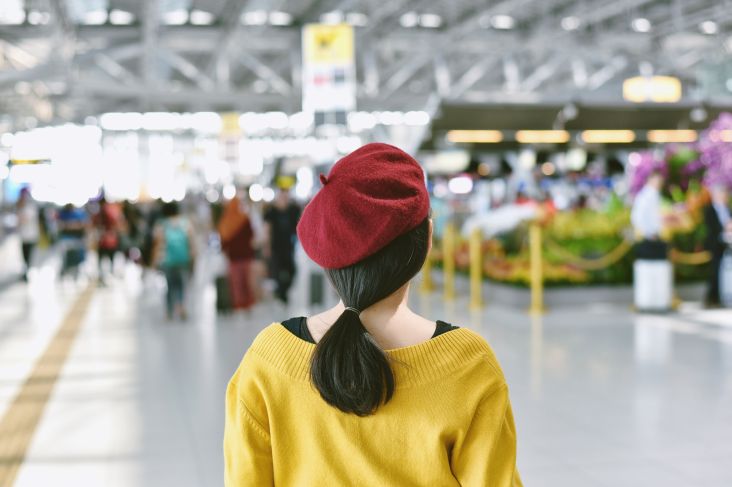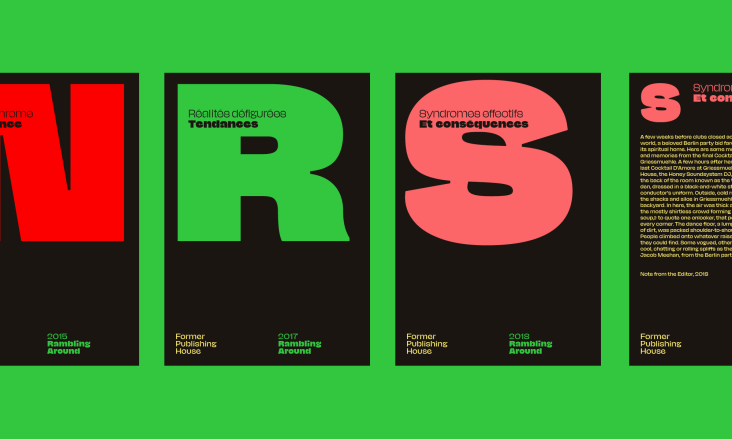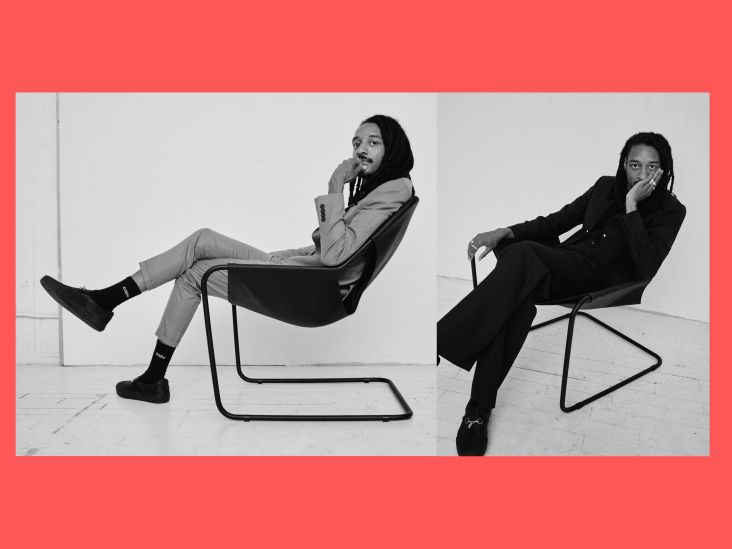Miller Mobley on shooting Michelle Obama, playing jazz and capturing defining moments
Born in Alabama in 1986, Miller Mobley is one of the world's best-known portrait photographers. He's worked with some of the biggest names in showbusiness, including Jennifer Lawrence, Cate Blanchett, Ryan Gosling, Tom Hanks, Taylor Swift, Pharrell Williams and Katy Perry, plus sports stars, newsmakers and, most notably, First Lady Michelle Obama.
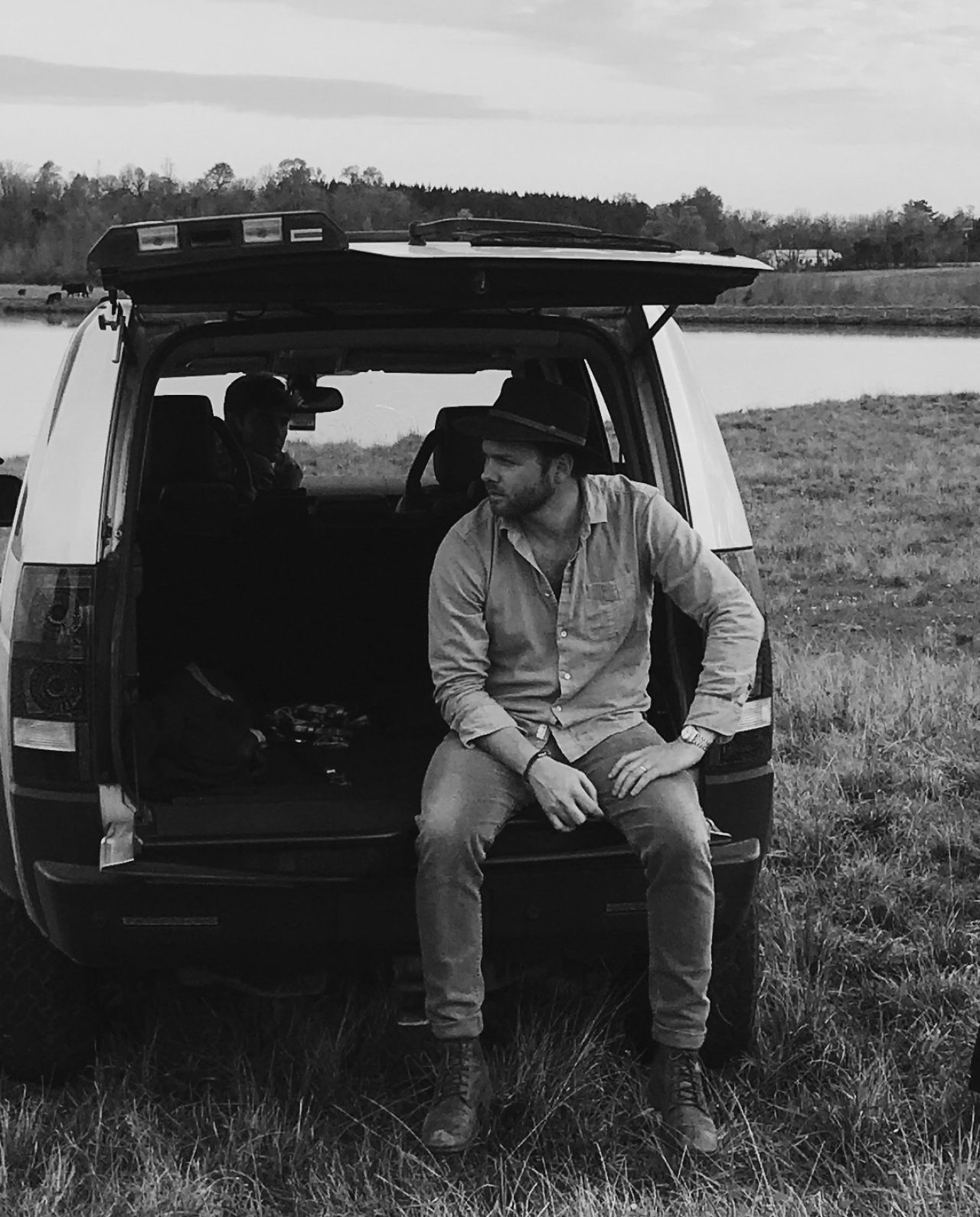
Most recently, Miller teamed up with Platoon – a platform for fearless creatives – to shoot actor, writer and singer Leslie Jordan for his new album of gospel music, Company's Comin'.
For this project, as with all his portraiture, Miller says he strives "to take photos that have an honesty, [so] you can see into their soul". We caught up with him in-between jobs, at his Alabama home, to learn how he achieves that in practice.
How do you go about capturing that 'defining moment'?
It's partly about planning and partly about reacting, in the moment. I think if you plan for all the scenarios, then you have a chance to react in the moment. To capture something honest and real – that doesn't feel contrived.
Before the shoot even happens, I'll envision the final photograph in my head and know what it looks like. I'll have taken inspiration from my life and other artists, and you know exactly what I'm looking for. But then it's like: how do you get to that point?
It might be the composition; it might be with lighting; it might be the subtleties of things, not overdoing something or doing less of something. It's all these little details, and you've just got to get the balance, the chemistry right. To get that image that feels like it was in your head.
You often play music on set: why?
I'm really inspired by film and originally wanted to be a cinematographer. All the components that make up a film are so beautiful, and one of those is the music and how it can bring out the drama of a moment. So when I'm on set and trying to get a certain mood – it might be fun, it might be sad – I'll create playlists that have that feeling I'm trying to get from my subject.
Sometimes it might be Miles Davis, so we know we're here to relax and chill. Other times it might be the soundtrack from the TV show True Detective, which has a folksy, sombre feel to it, when I'm trying to get something a little on the darker side. So it's about using music to bring out the mood.
Sometimes the subjects like the music so much, they want me to crank it up really loud. They can't hear me, and I can't hear them, and we kind of get lost in a moment of craziness!
How did you go about shooting Leslie Jordan for Platoon?
It was a collaboration between the creative director and myself. She was referencing a lot of neo-Western work. Leslie has a thing for country, so we knew he could pull off that kind of rhinestone-laden outfit. But then we had to speak loud with some of the lighting. So we put some colour on the light, to bring out some neons, pastels, colours like that.
We also had some great music that Leslie was really into. And we kind of 'played jazz on set'. By that, I mean we didn't know what would happen next. We'd just kind of feel it out.
If it felt good, we'd keep going; if it didn't, we'd pivot. It's like when jazz musicians play together; they're just playing a feeling off each other, going with a mood or vibe. I try to do the same with my subjects when shooting them.
In 2011, you uprooted from Alabama to New York for your career. But ten years on, do you think creatives still need to be in the big cities?
No, I don't think you need to be based anywhere specific anymore. All you need is a unique point of view and voice. That's more important now than anything: how you see the world.
It's not really about whether your light's great or how proficient you are technically; it's about how you interpret things. You could be a kid from Alabama who lives in the middle of nowhere, who might interpret things in a unique way that people are into. And now, in the age of social media, it can be seen all over the world by anybody. It's pretty easy to get on the map.
All you need is a unique point of view and voice. It's not really about whether your light's great or how proficient you are technically; it's about how you interpret things.
How did you get to work with Michelle Obama?
She selected me to photograph her book cover, Becoming. I don't really know how I was chosen, but all of a sudden, I got a phone call saying she wanted me to photograph her book cover and would like to talk with me. And the next minute, I'm thrown on the phone with Michelle Obama!
We did the book cover, and we've done many shoots since – lots of magazine covers and promotional material for Netflix. And I've been working with her on and off for about two years.
It's been an incredible relationship. She's one of the most gracious, kind people I've ever met—just a joy to work with.
Is it difficult to do multiple shoots with someone and get something new every time?
That's a good question. There are two sides to this. On the one hand, your relationship grows, so you feel more comfortable around each other every time you see each other. So you become more like friends than meeting someone for the first time. But there is this challenge, like: what are we going to do this time?
With Michelle Obama, it's like: we've done 12 photoshoots together, what's next? But we've managed to change it up each time. One might be a serious shoot, while another might be full of joy, kind of bouncing around and having fun. So we've found a lot of different ways to switch it up.
Equipment-wise, do you have a standard set-up?
It all depends on the project. We're doing a big job in LA tomorrow, and we have to rig lights on the ceiling from this huge grid. We're shooting down, and it's like a huge lighting job. But then on some jobs, I don't use any light. I just want to shoot black-and-white film, and I want it to be the sun.
So I try not to let the equipment dictate anything. It's all about the creative, and the creative dictates what to do. I don't think great photography is technical. To me, great photography is all about the spirit of something, and there are more layers and depth than just the technical part.

















